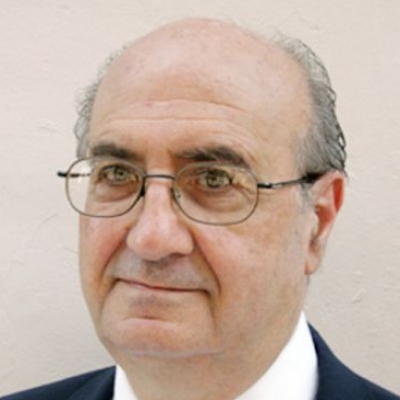Taking a Bite Out of Malaria: Part I
Why is malaria such a crucial global health problem?
February 21, 2009
It is not known for certain whether the origins of malaria treatments can be traced to history or legend — both are equally fascinating when it comes to this disease.
It is said that in 1638, Francesca de Ribera, the second wife of the viceroy of Peru, came down with malaria in Lima.
Her doctor, desperate to cure her, learned that in the city of Canizares, in Ecuador, people native to the area used the bark of a tree they claimed could cure the disease. A packet of the bark was sent to Lima and used to prepare a treatment for the ailing countess, who was cured.
It is also said that Jesuit missionaries in South America who knew about these healing properties had already sent some of the bark to Europe in 1630. What is known for certain is that by 1800, there was a thriving trade in this bark between South America and Europe, where the substance was known as “Jesuits’ powder.”
It was found that different species produced different effects, until an Englishman named Charles Ledger identified a tree of the genus Cinchona as having the highest concentration of quinine.
This natural alkaloid was used extensively in Europe to treat malaria until the development, many years later, of a synthetic drug called chloroquine. For centuries, quinine and its derivatives would prove to be one of the most powerful weapons available to fight this terrible disease.
The word malaria comes from medieval Italian: mala aria, or “bad air” — most likely an allusion to the swampy areas that are generally home to carrier mosquitoes.
Ancient texts already refer to malaria and its effects. In the fifteenth century, the great Greek physician Hippocrates, known as the Father of Medicine, was among the first to draw a link between the disease and the environment when he noted that many cases of malaria occurred in places with swampy terrain.
In 1880, the French pathologist and parasitologist Charles Louis Alphonse Laveran — who would win the Nobel Prize in Medicine in 1907 — became the first to observe malaria parasites in the red blood cells of people who had the disease.
The parasite that causes malaria, called Plasmodium, is transmitted through the bite of the female Anopheles mosquito.
When a person is bitten, the parasite enters the bloodstream and is lodged in the liver, where it divides rapidly. The parasites begin to attack and feed on the red blood cells and multiply quickly, producing new parasites and invading new cells.
The parasite’s life inside the mosquito is a race against time, because the span required for the parasite to become full-grown is about the same as the insect’s life cycle. It takes longer for parasites to develop in colder climates, and once the temperature falls below a certain limit, the mosquitoes tend to die and thus can no longer transmit the infection.
That explains why the mosquito presents such a threat in the tropics but not in countries with colder temperatures or higher altitudes. Global warming thus adds to the problem, since it extends the territory in which mosquitoes pose a problem for human health.
The English physician Ronald Ross — also a Nobel laureate, in 1902 — was the first to prove that malaria is transmitted by mosquitoes. His finding, in 1898, was confirmed two years later by a medical team headed by the U.S. physician Walter Reed.
The Cuban physician Carlos Finlay, who discovered that mosquitoes transmitted yellow fever, argued that the best way to combat the disease was to wage war on these insect vectors and isolate the ailing victims of their bites. His recommendations were carried out by the U.S. physician William C. Gorgas during the construction of the Panama Canal.
That massive undertaking, so central to transoceanic shipping, was possible to complete in part because of the ability to control not only malaria but also yellow fever, both of which were wreaking havoc on the workforce.
Gorgas put a series of strategies in place to combat disease-carrying mosquitoes. These included draining swamps and wetlands, cutting down bushes and grasses, applying oil on breeding sites, and eliminating mosquito larvae. Such measures saved thousands of lives.
It is very probable that malaria altered the course of history, since the list of famous people who suffered or died from the disease is extensive.
They include, for example: Alexander the Great, Genghis Khan (the legendary Mongol emperor) and a number of U.S. presidents including George Washington, James Monroe, Abraham Lincoln, Ulysses S. Grant, Theodore Roosevelt, and even John F. Kennedy, who contracted the disease during the Second World War.
Paradoxically, combating this disease — which has taken, and continues to take, so many lives — led to significant advances in science and public health strategies which have also been used to help control other diseases.
Takeaways
It is very probable that malaria altered the course of history, since the list of famous people who suffered or died from the disease is extensive.
The word malaria comes from medieval Italian: mala aria, or "bad air" — most likely an allusion to the swampy areas that are generally home to carrier mosquitoes.
When a person is bitten, the parasite enters the bloodstream and is lodged in the liver, where it divides rapidly.
